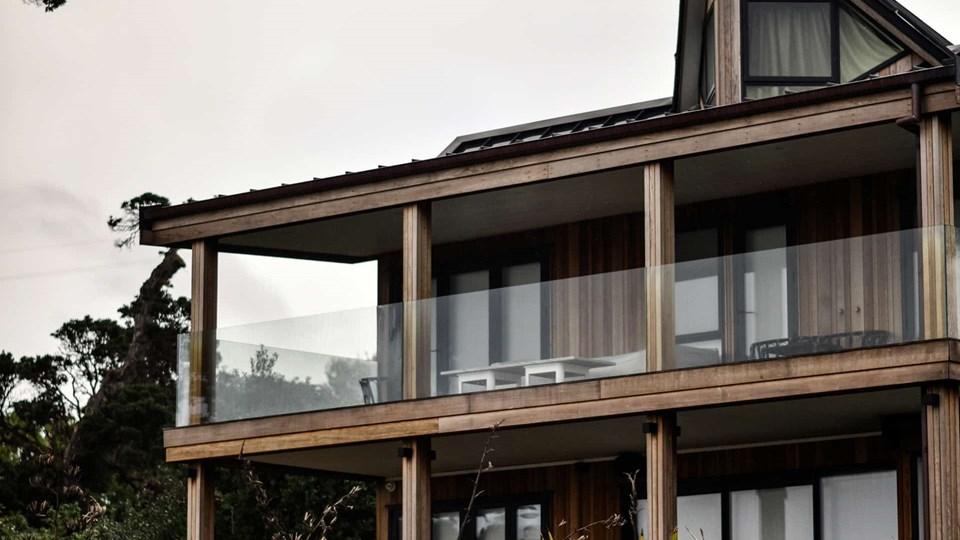The idea of green construction is transforming the way houses and buildings are made today. By focusing on eco-friendly practices, this method not only helps the environment but also ensures a better quality of life. In this article, we will explore green construction step by step to provide insights into making these practices a reality for homeowners and real estate developers.

The Basics of Green Construction
Before delving into the specifics, its essential to understand what green building entails. It involves designing, building, and operating structures in a manner that reduces or eliminates negative impacts on the environment and occupants. Green construction prioritizes the efficient use of resources, including energy, water, and materials, while minimizing waste and pollution.
Site Selection and Planning
Site selection is crucial in the green construction process. Choosing a location that minimizes the disruption of natural habitats and utilizes existing infrastructure is vital. Thoughtful planning also involves considering solar orientation, wind patterns, and the use of public transportation to reduce the carbon footprint.
Designing for Sustainability
Incorporating sustainable design elements is the next step. This includes maximizing natural light, ensuring proper insulation, and employing energy-efficient designs. Innovative technologies, like photovoltaic panels, can be integrated to harness solar energy.
Material Selection in Green Construction
The choice of materials massively impacts the sustainability of a building. Opt for materials that are recycled, locally sourced, or have low environmental impact. Using sustainable building materials like bamboo, recycled steel, or eco-friendly concrete can significantly contribute to a buildings green credentials.
Efficient Energy Use
Optimizing energy use is a cornerstone of green building. This step involves installing energy-efficient HVAC systems, using LED lighting, and incorporating smart home technologies that automate and optimize energy consumption.
Water Conservation Methods
Water management systems are crucial in conserving water. Installing low-flow faucets, dual-flush toilets, and rainwater harvesting systems ensure that the building’s water usage is sustainable.
Implementing Indoor Air Quality Measures
Indoor air quality has a direct effect on occupants’ health and productivity. Using non-toxic paints, adhesives, and building materials, alongside efficient ventilation systems, ensures a healthy indoor environment.
Landscaping and Natural Integration
Green construction also involves integrating nature within the building environment. Utilizing native plants in landscaping reduces the need for irrigation and maintenance while supporting local wildlife.
Maintaining Green Buildings
Once constructed, the ongoing maintenance of a green building is crucial. Regular audits and updates to systems can ensure the building remains sustainable and energy-efficient.
Learning from Sustainable Projects
Examining successful green buildings can provide significant insights into what works best. Whether its through the reuse of materials or cutting-edge design techniques, these projects showcase practical applications of green construction principles.
Read more about managing maintenance costs effectively on pool cost.
Government Policies Supporting Green Building
Many governments are incentivizing green construction through subsidies and grants. These policies support builders and developers to adopt eco-friendly practices and contribute to a healthier planet.
For insights into sustainable practices, check the benefits of green building.
Future of Green Construction
The future of green construction looks promising as technological advancements continue to provide new tools and methods for creating environmentally friendly structures.
Challenges in Green Construction
Despite its benefits, green construction faces challenges such as higher initial investment costs and a lack of awareness among consumers. Overcoming these challenges requires collective efforts from the community, industry professionals, and policymakers.
Conclusion
In summary, green construction step by step offers a roadmap to a more sustainable future. By understanding and applying these principles, we can create buildings that not only meet our needs but also preserve the environment for generations to come.

FAQs
What is the main benefit of green construction?
The primary benefit of green construction is its positive impact on the environment, reducing carbon emissions and conserving natural resources.
Is green building cost-effective?
Initially, green building can be more expensive, but it leads to significant savings in operational costs over time, making it cost-effective in the long run.
How can homeowners implement green building practices?
Homeowners can start by incorporating energy-efficient appliances, using sustainable materials, and optimizing water and energy use in their homes.
This article contains affiliate links. We may earn a commission at no extra cost to you.




